We all rely on our washing machines to keep our clothes clean and fresh. But what do you do when your trusty washing machine suddenly stops spinning? If you’re reading this, you’re probably facing this issue. Don’t worry; you’re not alone. This problem is quite common and can be resolved with some troubleshooting. In this blog post, we’ll explore the possible reasons your washing machine isn’t spinning and provide practical solutions to get it back in working order.
- Check the Load Size and Balance
- Inspect the Lid Switch
- Examine the Drive Belt
- Check the Motor Coupler
- Investigate the Drive Motor
- Examine the Clutch
- Test the Timer or Control Board
- Inspect the Door Lock
- Clean the Drain Pump Filter
- Check the Water Level Control
- Examine the Agitator Dogs
- Check the Suspension Springs
- Look for Foreign Objects
- Call a Professional
- Conclusion
1. Check the Load Size and Balance
An unbalanced load is one of the most common reasons a washing machine doesn’t spin. Washing machines are designed to spin evenly to avoid damage. If the load is too heavy on one side, the machine’s sensors might detect the imbalance and stop the spin cycle to prevent damage.
Solution:
Avoid Overloading: Ensure that you are not overloading the machine. Refer to your machine’s user manual to know the maximum load capacity.
Redistribute the Load: Pause the cycle, open the drum, and redistribute the clothes. Make sure the load is balanced.
2. Inspect the Lid Switch
The lid switch plays a crucial role in top-loading washing machines. If the lid isn’t properly closed, the washing machine won’t spin. The lid switch is a safety feature that prevents the machine from operating with the lid open.
Solution:
- Check the Lid: Ensure the lid is fully closed and nothing is obstructing it.
- Test the Switch: If the machine still won’t spin with the lid properly closed, the lid switch might be faulty. Test it using a multimeter and replace it if defective.
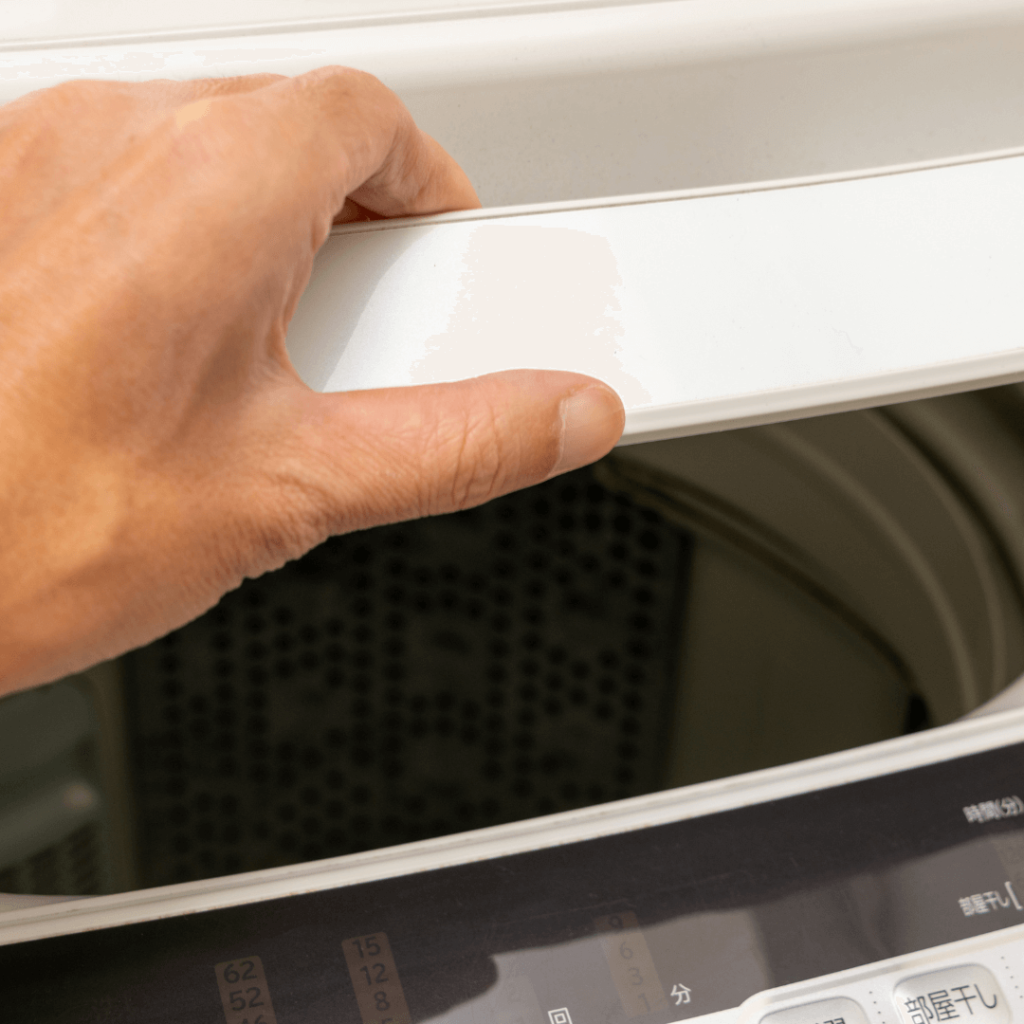
3. Examine the Drive Belt
The drive belt connects the motor to the drum and enables it to spin. If the belt wears out or breaks, the drum won’t spin.
Solution:
- Inspect the Belt: Unplug the machine and remove the back panel to inspect the drive belt. Look for signs of wear or breakage.
- Replace if Necessary: If the belt is damaged, it will need to be replaced. This is usually a straightforward task that you can do yourself with some basic tools and a replacement belt.
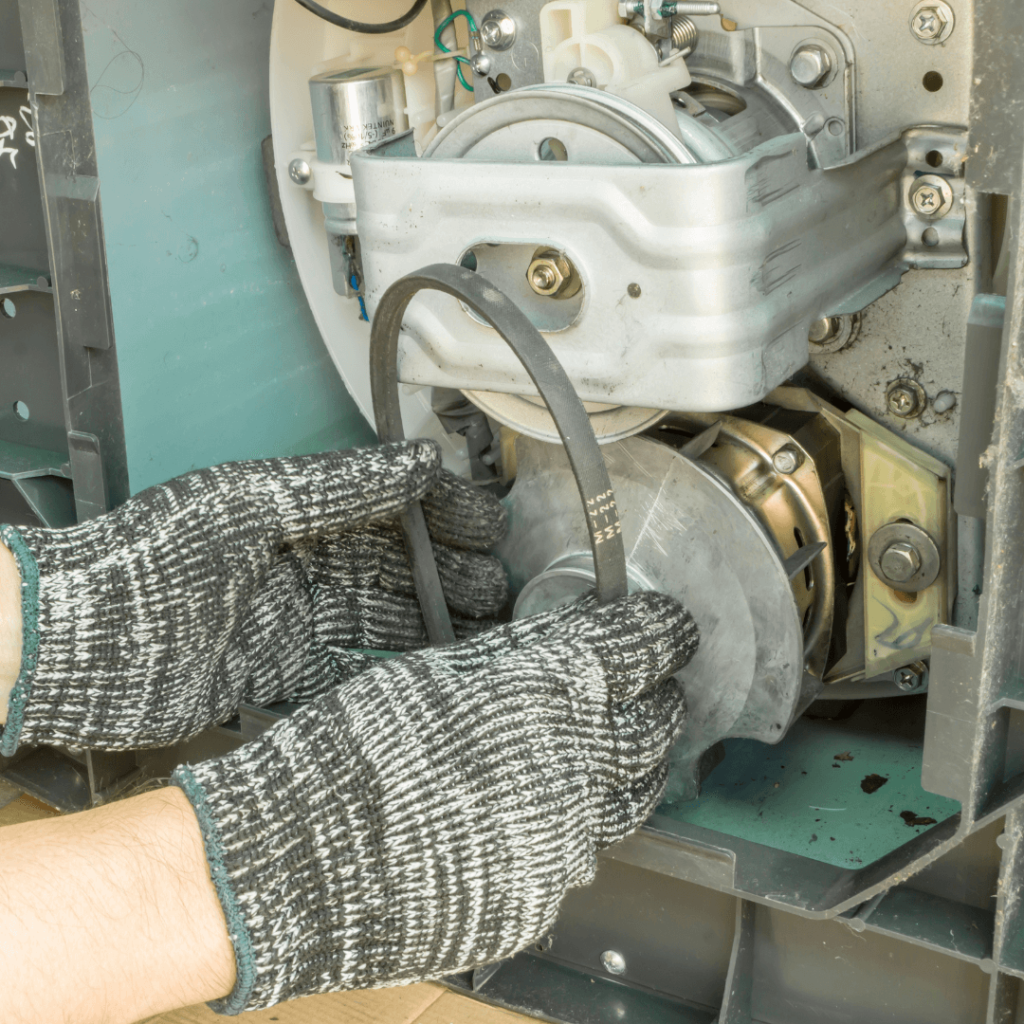
4. Check the Motor Coupler
In some washing machines, the motor coupler connects the motor to the transmission. This small, yet essential, part can wear out over time and cause the drum to stop spinning.
Solution:
- Inspect the Coupler: Unplug the machine and locate the motor coupler. This might involve removing the back panel or the bottom panel.
- Replace if Damaged: If the coupler shows signs of wear or breaks, you need to replace it.
5. Investigate the Drive Motor
The drive motor is responsible for turning the drum. If the motor is faulty, the washing machine won’t spin.
Solution:
- Listen for Noises: Listen for any unusual noises coming from the motor when the machine is supposed to be spinning.
- Test the Motor: You can test the motor using a multimeter to check for continuity. If the motor is defective, it will need to be replaced. This might require professional help if you’re not comfortable doing it yourself.
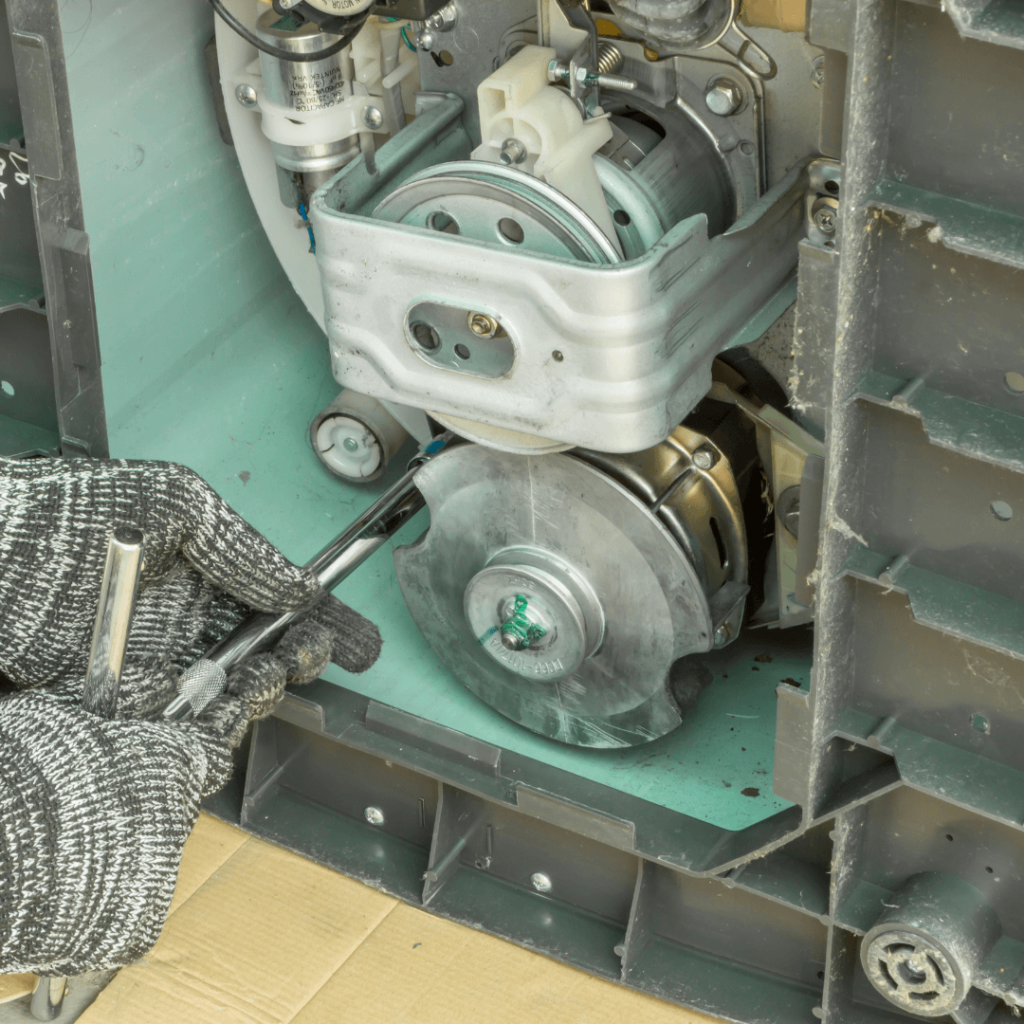
6. Examine the Clutch
The clutch in a washing machine helps the drum reach the proper spin speed. If the clutch wears out, the drum may not spin properly or at all.
Solution:
- Inspect the Clutch: This typically requires removing the cabinet to access the clutch assembly.
- Replace if Necessary: If the clutch shows signs of wear, it will need to be replaced.
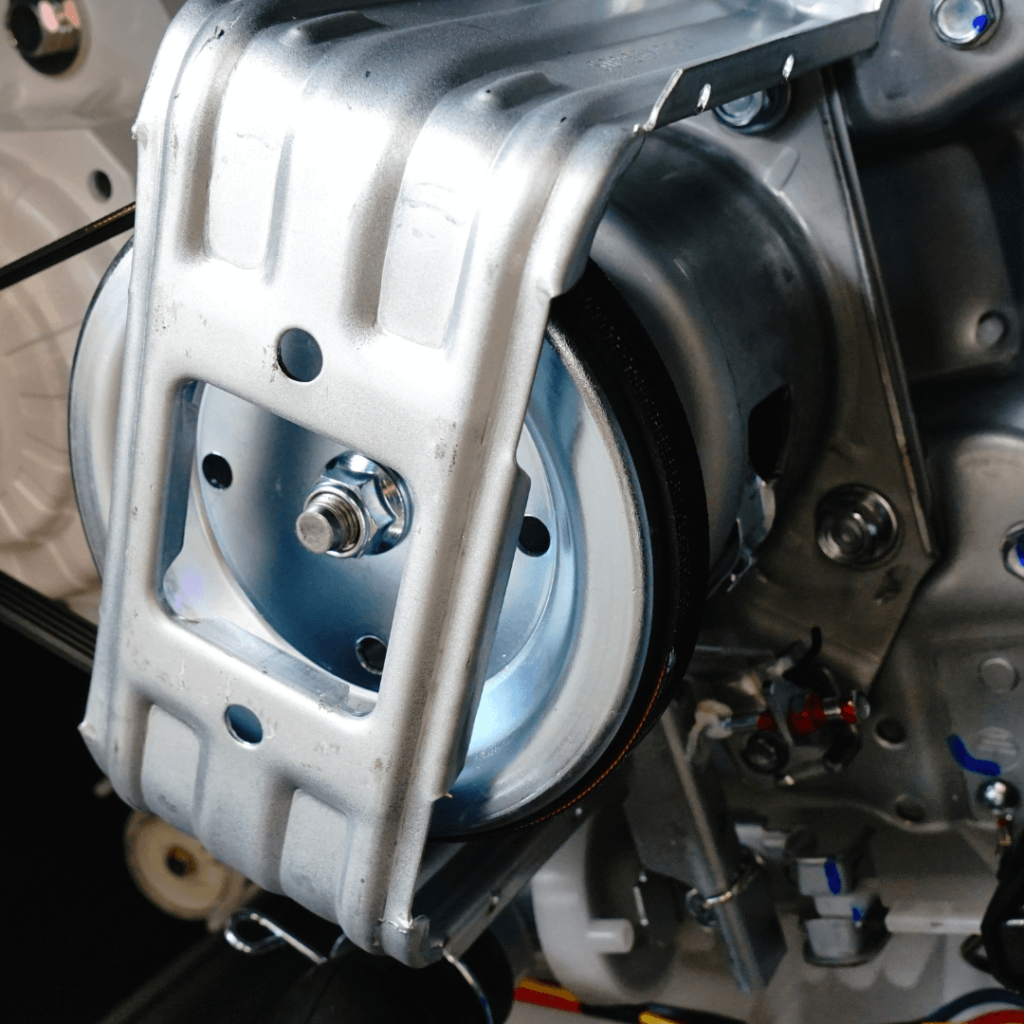
7. Test the Timer or Control Board
The timer or control board controls the washing machine’s cycles. If there’s an issue with these components, it might prevent the machine from spinning.
Solution:
- Check for Error Codes: Many modern washing machines will display error codes if there’s a problem with the timer or control board.
- Test the Timer: If you suspect the timer is faulty, you can test it with a multimeter for continuity.
- Professional Help: Replacing a control board or timer can be complex and may require professional assistance.
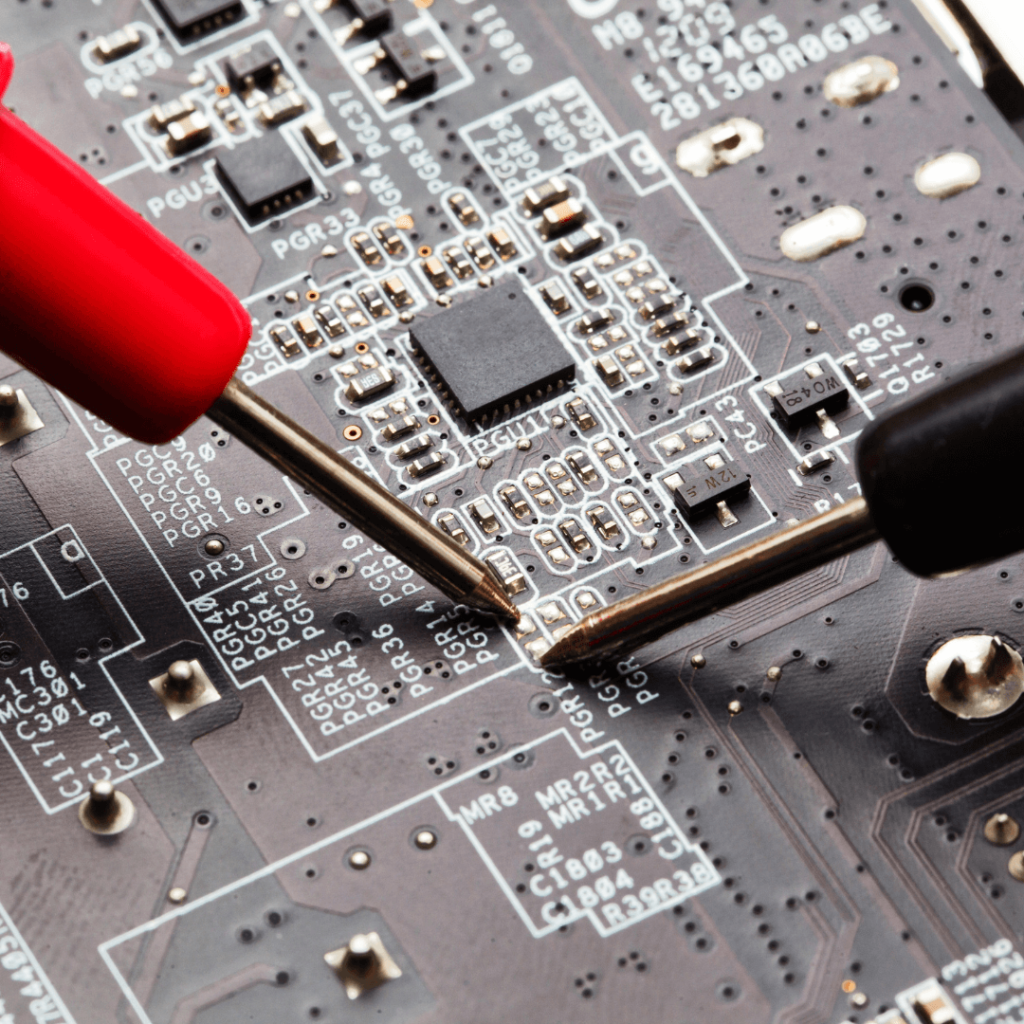
8. Inspect the Door Lock
Front-loading washing machines will spin only if the door lock mechanism is engaged. If the door lock is defective, the machine won’t spin.
Solution:
- Check the Door: Fully close the door and remove any obstructions.
- Test the Lock: Use a multimeter to test the door lock for continuity. Replace it if it’s faulty.
9. Clean the Drain Pump Filter
A clogged drain pump filter can prevent the washing machine from spinning. This is because the machine won’t spin if it can’t drain the water properly.
Solution:
- Locate the Filter: The drain pump filter is usually located at the bottom front of the washing machine.
- Clean the Filter: Turn off and unplug the machine, remove the filter, and clean it thoroughly. Make sure to have a towel handy as water may spill out. Cleaning guide available under Step 4 of this link.
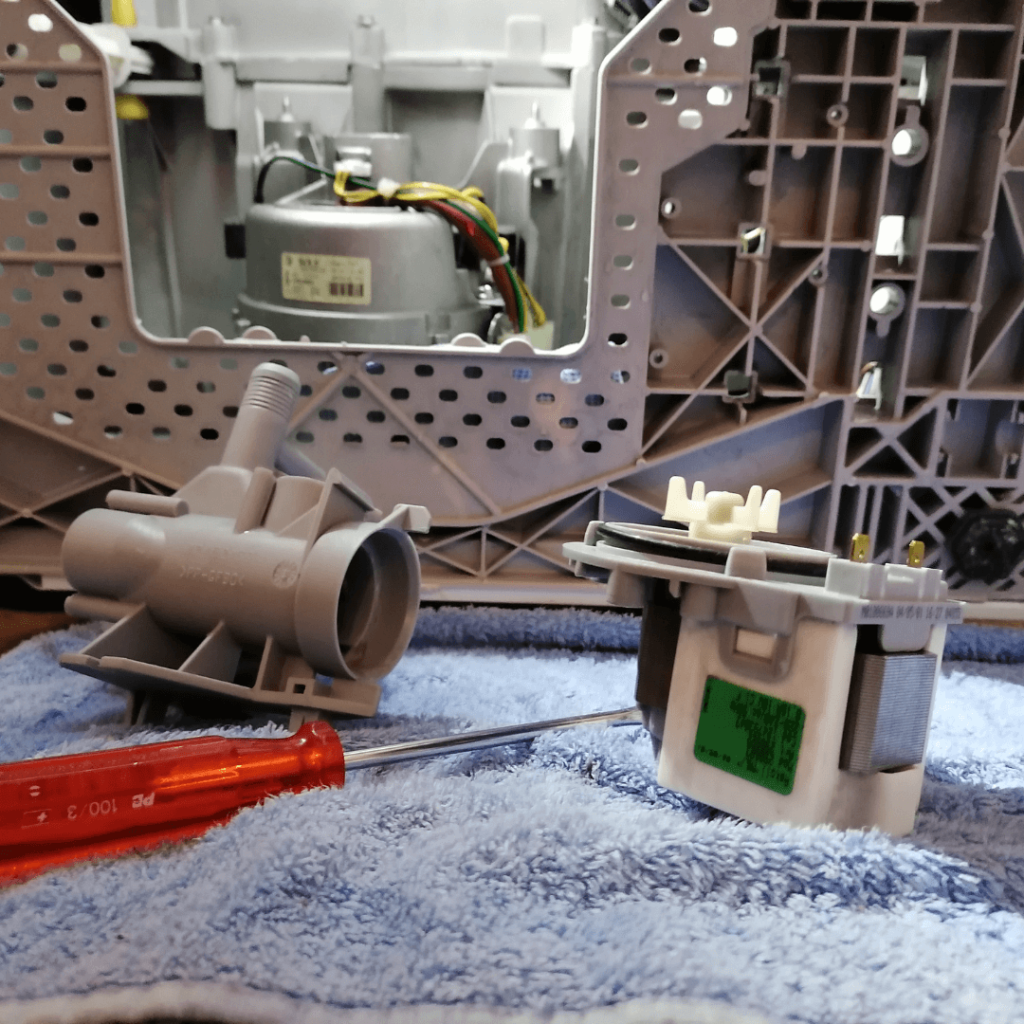
10. Check the Water Level Control
The water level control or pressure switch senses the water level in the washing machine. If it’s not working properly, the machine may not enter the spin cycle.
Solution:
- Inspect the Hose: Check the hose connected to the water level control for any blockages or kinks.
- Test the Switch: Use a multimeter to test the switch. If it’s defective, it will need to be replaced.
11. Examine the Agitator Dogs
Agitator dogs are small, plastic components inside the agitator (the central post in the drum) that grip the agitator and make it move in one direction. If they wear out, the agitator won’t function correctly, which can prevent the spin cycle from working properly.
Solution:
- Inspect the Agitator Dogs: Remove the top part of the agitator to access the agitator dogs.
- Replace if Worn: If the agitator dogs are worn out, they will need to be replaced.
12. Check the Suspension Springs
Suspension springs keep the drum balanced during the wash and spin cycles. If a spring breaks or detaches, it can cause the drum to become unbalanced and prevent the machine from spinning properly.
Solution:
- Inspect the Springs: Unplug the machine and remove the back or top panel to access the suspension springs.
- Replace if Necessary: If any springs are damaged or detached, they will need to be replaced or reattached.
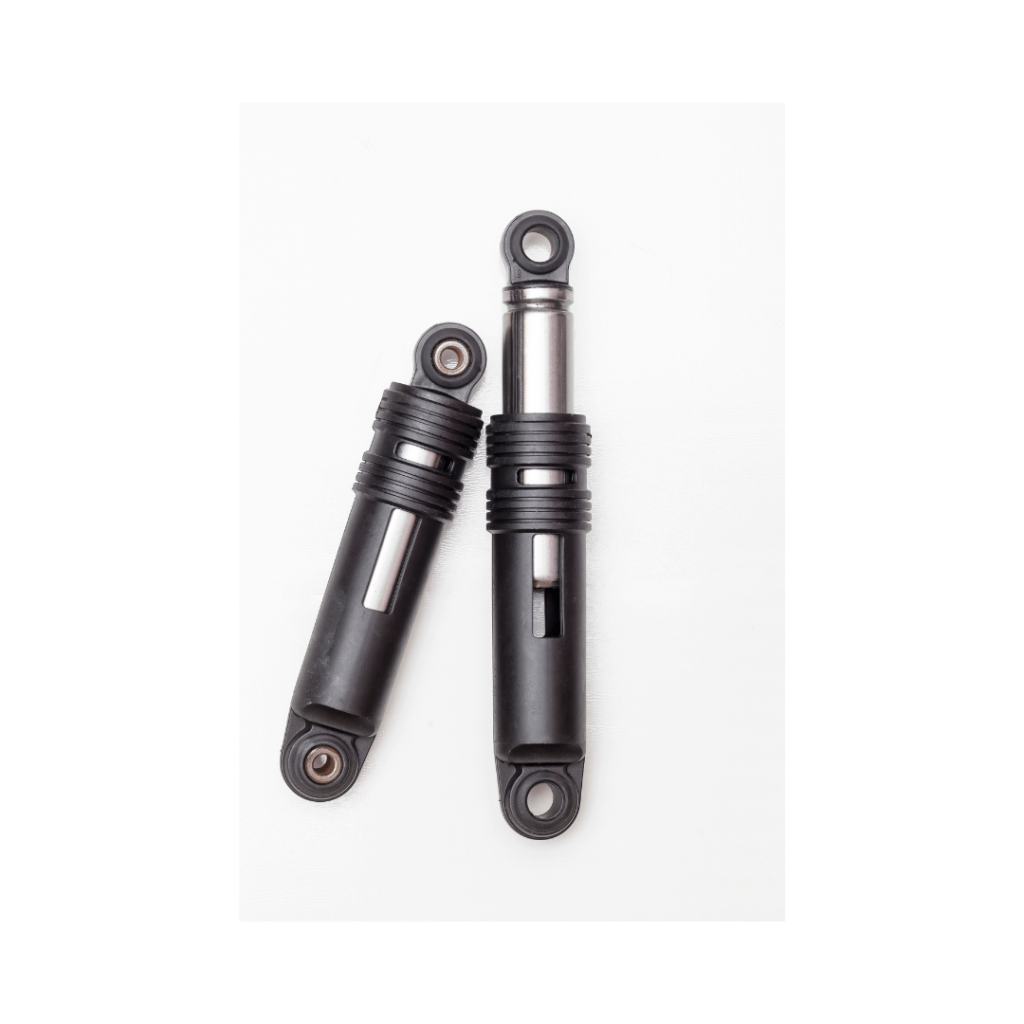
13. Look for Foreign Objects
Sometimes, small items like coins, buttons, or other debris lodge in the drum or between the drum and the outer tub. These objects interfere with the spinning mechanism.
Solution:
- Check the Drum: Carefully inspect the inside of the drum and the gap between the drum and the outer tub for any foreign objects.
- Remove Obstructions: If you find any objects, remove them and check if the machine spins properly.
14. Call a Professional
If you’ve tried all these solutions and your washing machine still won’t spin, it may be time to call a professional technician. There could be a more complex issue at play that requires specialized knowledge and tools.
Solution:
- Find a Reliable Technician: Look for a certified and experienced technician to diagnose and repair the problem.
- Explain the Issue: When the technician arrives, explain the steps you’ve already taken. This will help them understand the problem better and potentially speed up the repair process.
Conclusion
A washing machine that doesn’t spin can be a real headache, but with some troubleshooting, you can often diagnose and fix the problem yourself. Start with the simpler solutions like redistributing the load, checking the lid switch, and inspecting the drive belt. If those don’t work, move on to more complex components like the motor coupler, clutch, and control board.
Remember to always unplug your washing machine before attempting any repairs to avoid the risk of electric shock. If you’re not comfortable performing these checks and repairs yourself, it’s always a good idea to consult with a professional technician.
With a little patience and effort, you can get your washing machine back to spinning and keep your laundry routine running smoothly.
For more maintenance and troubleshooting guides, read our blog.
You May Also Like
- How to Choose the Right Refrigerator Size for Your Home?
- Why Is My Washing Machine Not Draining Water?
- Why You Should Deep Clean Your Washer Dryer Once a Year?
- Inverter or Non-Inverter Air Conditioner: Which To Buy?
- What is the Right Air Conditioner Horsepower for Your Home?
- 5 Tips to Buy an Air Conditioner in Malaysia







